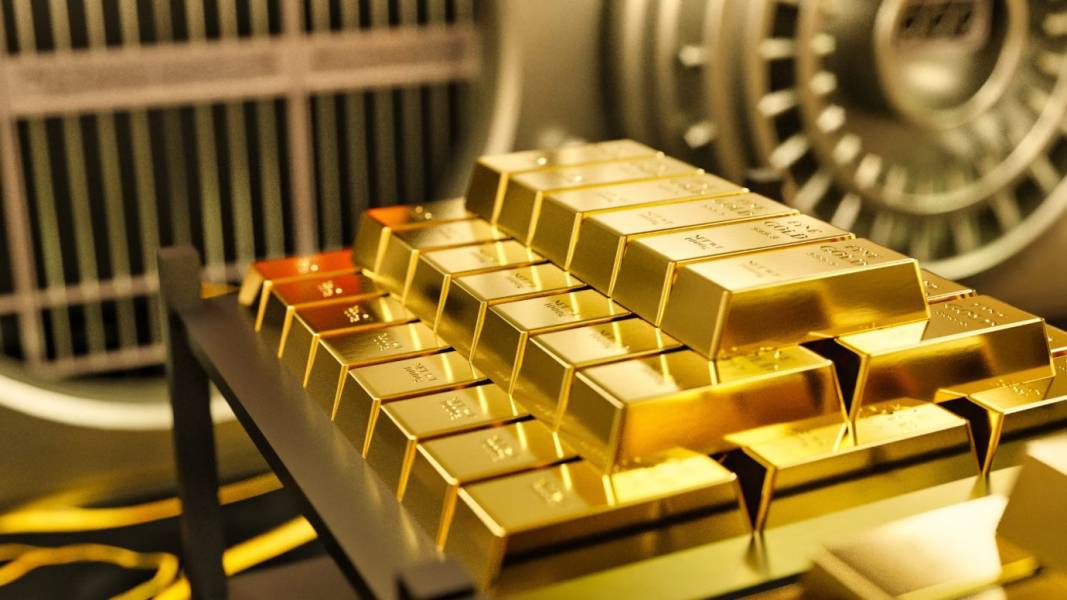Retirement is a topic that weighs heavily on the minds of many individuals, especially as they approach their golden years. With uncertainties surrounding social security and traditional retirement accounts, more and more people are turning to alternative investment options such as precious metals to secure their future. The allure of silver and gold has been present throughout history, with these precious metals being seen as symbols of wealth and stability.
But beyond the glimmer and charm, what makes investing in silver and gold an attractive choice for retirement planning? In this article, we will explore the benefits of incorporating precious metals into your retirement portfolio, give tips for successful investments, and discuss considerations when making this critical decision for your financial future. So please grab a cup of coffee or tea and join us on this journey to discover how silver and gold can contribute towards building a secure retirement plan.
The Benefits of Investing in Silver and Gold for Retirement
One of the main advantages of investing in silver and gold is their ability to act as a hedge against inflation and economic uncertainty. Inflation, which refers to the general increase in prices over time, can significantly impact the purchasing power of traditional currency and investments. However, precious metals have historically maintained their value even during times of economic turmoil. This makes them a reliable store of wealth and provides investors with peace of mind knowing their retirement funds are protected.
Another benefit is the potential for capital appreciation. Silver and gold prices increase over time, making them a viable long-term investment option. As the demand for these metals continues to rise, their scarcity and limited supply contribute to their value appreciation. By investing in precious metals, you have a chance to grow your retirement savings and potentially generate a steady source of income during your golden years.
In addition to being a hedge against inflation and offering the potential for capital appreciation, silver and gold also provide diversification for your retirement portfolio. By diversifying your investments, you reduce the overall risk and volatility of your portfolio. This is because precious metals have a low correlation with other traditional assets like stocks and bonds. So, even if the stock market experiences a downturn, your precious metal investments can help balance out any losses. Check out https://goldirablueprint.com/ira-rollover-to-gold/ for more information.
Tips for Successful Silver and Gold Investments
Firstly, it’s critical to educate yourself about the market dynamics of precious metals. This includes understanding the factors that influence their prices, such as global economic indicators, currency values, and mining supply constraints. By staying informed, you can make more educated decisions about when to buy or sell your investments.
Consider the form in which you wish to own silver and gold. These metals can be held physically in bars or coins or indirectly through ETFs (Exchange Traded Funds), mining stocks, or mutual funds that focus on precious metals. Each option has its own set of benefits and considerations, such as storage and security for physical metals versus the liquidity and ease of trading for paper-based investments.
It’s advisable to work with reputable dealers and financial advisors who specialize in precious metals. These experts can provide valuable insights and guidance, helping you to avoid common pitfalls and scams that can accompany buying and selling precious metals. Lastly, maintain a long-term perspective. Silver and gold are typically most beneficial as long-term investments. Short-term fluctuations in prices should encourage you to achieve your overall retirement planning objectives. Patience and a focus on the longer horizon can pay off with these timeless assets as part of a balanced and diversified retirement portfolio.
Considerations for Investing in Precious Metals for Retirement
As with any investment, there are also potential downsides to consider when incorporating silver and gold into your retirement plan. One of the main challenges is liquidity. Compared to traditional investments like stocks and bonds that can be easily converted into cash, precious metals may take longer to sell and may not always fetch the desired prices. This could pose a problem if you need immediate access to funds during retirement, so it’s essential to have a well-rounded and diversified portfolio that includes other liquid assets.
Another consideration is storage and security. If you choose to hold physical metals, you will need to ensure they are stored safely and securely. This may involve additional costs for insurance or storing them in a trusted facility. Paper-based investments like ETFs and mining stocks may eliminate the need for storage, but they come with their own risks and associated fees.
Lastly, it’s essential to keep in mind that investing in precious metals is not a guarantee of profit. Like any investment, there are inherent risks involved, and prices can fluctuate. It’s essential to assess your risk tolerance and carefully consider how much of your retirement savings you want to allocate toward precious metals.
Conclusion
In conclusion, incorporating silver and gold into your retirement portfolio can offer a range of benefits, such as hedging against inflation, potential for capital appreciation, and diversification. However, it’s essential to consider the potential challenges and make informed decisions when investing in these assets. With proper education and guidance from experts, investing in precious metals can be a valuable addition to your retirement planning strategy.
I am a writer based in London, specialising in finance, trading, investment, and forex. Aside from the articles and content I write for IntelligentHQ, I also write for euroinvestor.com, and I have also written educational trading and investment guides for various websites including tradingquarter.com. Before specialising in finance, I worked as a writer for various digital marketing firms, specialising in online SEO-friendly content. I grew up in Aberdeen, Scotland, and I have an MA in English Literature from the University of Glasgow and I am a lead musician in a band. You can find me on twitter @pmilne100.





































